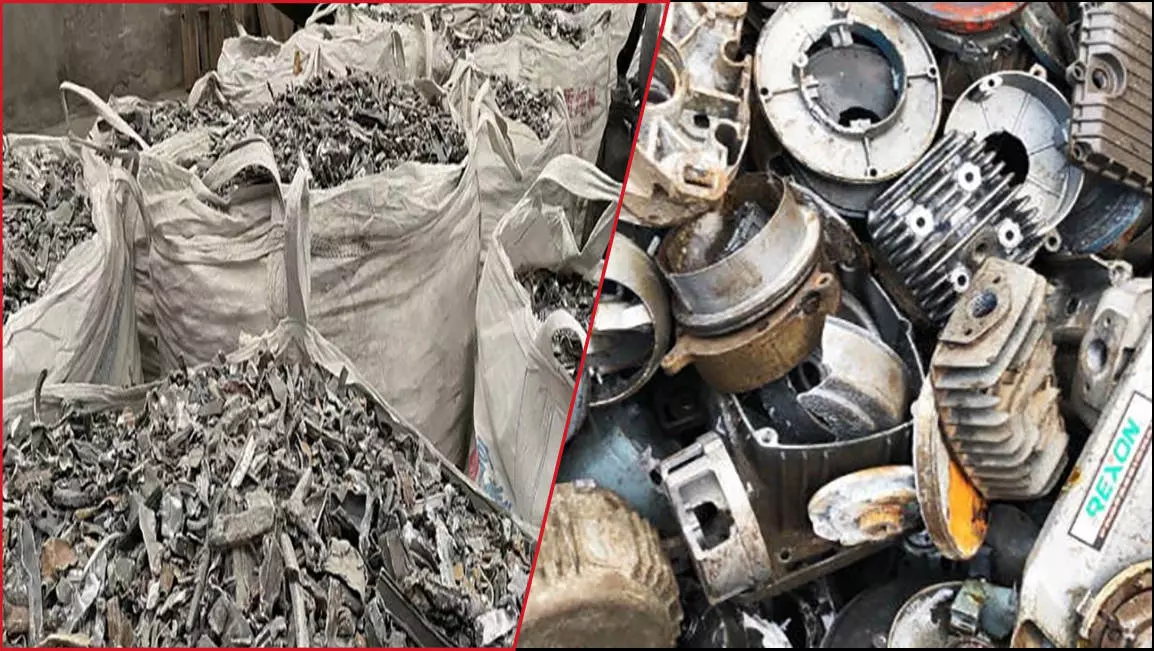Less-is-More Manufacturing: How Precision CNC Parts Help Global Customers “Cut the Non-Essential”
“The less you own, the more comfortable you are mentally.”
This line from a minimalist essay struck deeply. It’s not just true for individuals, it’s also true for companies.
In today’s manufacturing world, global brands were seen actively decluttering their supply chains: fewer SKUs, fewer suppliers, smaller inventories. They’re not just simplifying—they’re searching for mental and operational clarity.
That’s where precision CNC manufacturing steps in. By turning multi-part assemblies into single-piece components, my factory help customers physically cut the non-essential. A slimmer BOM, fewer fasteners, fewer assembly hours—all results of machining smarter, not just harder.
From “Small is Beautiful” to Small in Metal
The idea that “small is beautiful” should be resonated in daily work. It’s visible not in design philosophy alone, but in every micron of a machined part. Holding a 0.02 mm tolerance or machining a 0.2 mm micro-hole goes beyond precision, it represents the engineering reality of miniaturization at the cutting edge.
The products evolves smaller, lighter, more integrated. Across global markets, more manufacturers are turning to low-volume, high-mix production—typically 5 to 500 pieces per batch. The goal is simple: validate designs faster, reduce inventory risk, and stay agile. It’s the “less-is-more” version of go-to-market speed.

Design for Minimalism: Function Over Excess
Minimalist consumers dislike over-packaging. Engineers, I’ve learned, dislike over-engineering just as much.
That’s why the team conducts Design for Minimalism (DfM) reviews before any metal is cut. Every unnecessary feature, redundant setup, and over-engineered process is carefully examined and removed. Twelve machining features may be streamlined into five. Two clampings can merge into one five-axis setup. Surface treatments such as anodizing and powder coating are often consolidated into a single chemical blackening finish. Each decision reduces cost without compromising function.
Creating Mental Space for Innovation
One of my favorite lines from minimalist literature says: “Reducing material possessions frees up mental space.”
The same applies to engineers.
A line from minimalist literature reads, “Reducing material possessions frees up mental space.” In engineering, the same principle holds true.
When a manufacturing partner takes care of the entire process—from raw material sourcing and heat treatment to precision machining, finishing, packaging, and door-to-door delivery—engineers reclaim their focus. Instead of chasing quotes or juggling suppliers, they can redirect that energy toward what truly matters: designing better products and driving innovation forward.

Minimalism Meets Sustainability
Minimalism in manufacturing isn’t just about efficiency—it’s also about responsibility.
When the engineering team optimizes a design, the goal goes beyond reducing part count; it’s about lowering the carbon count as well. One-piece machining, compared with welded assemblies, can cut emissions by up to 18%. Every aluminum chip is collected and recycled back into a closed-loop system. Each production batch includes a Carbon Footprint Report, giving global clients traceable data for their ESG documentation.

In the end, less waste and less carbon make the work not only efficient—but meaningful.
If your product roadmap is on a “declutter” mission, let’s talk.
Send me your 3D file, and I’ll show you how precision can make simplicity possible.
Less is more—let’s cut the non-essential, together.
Next: No More
